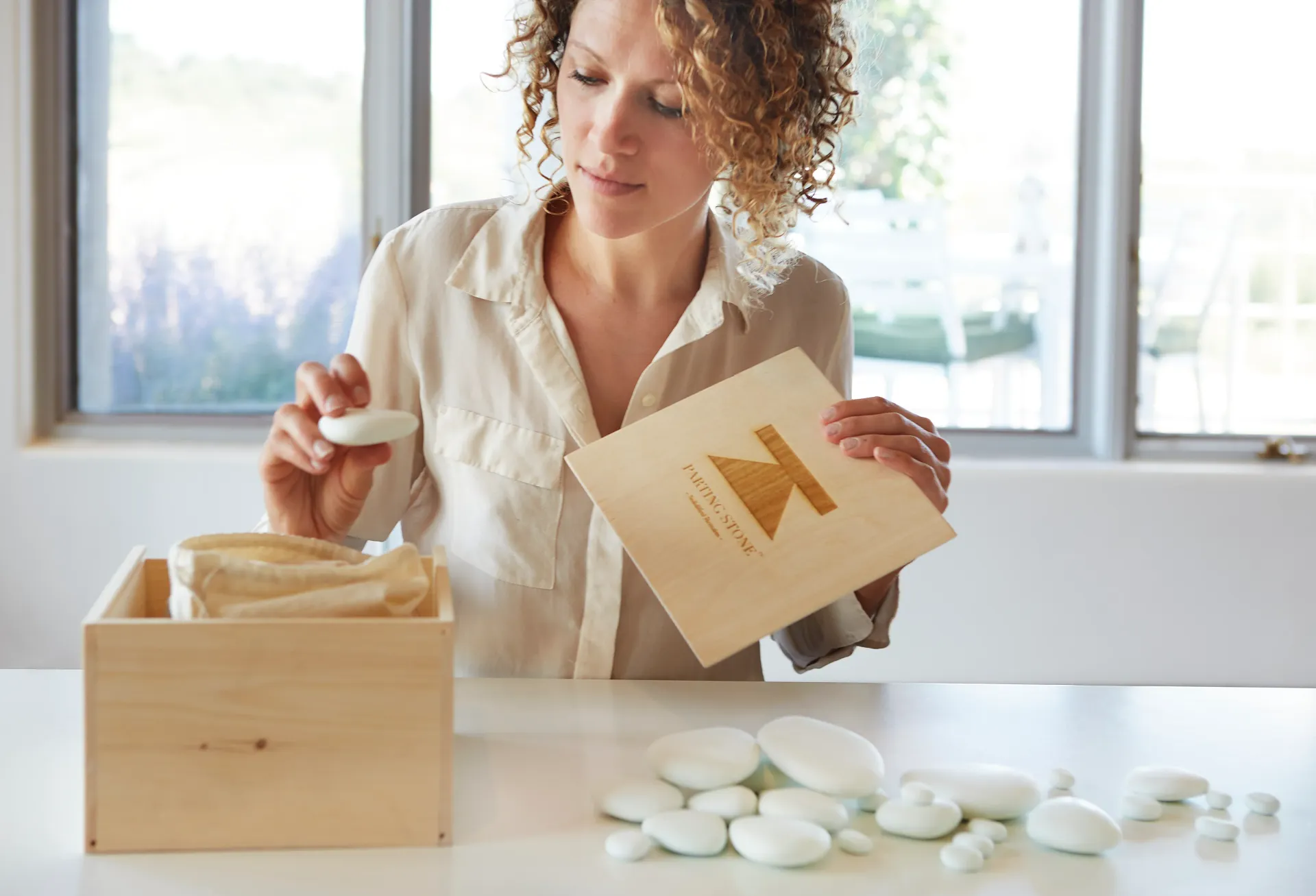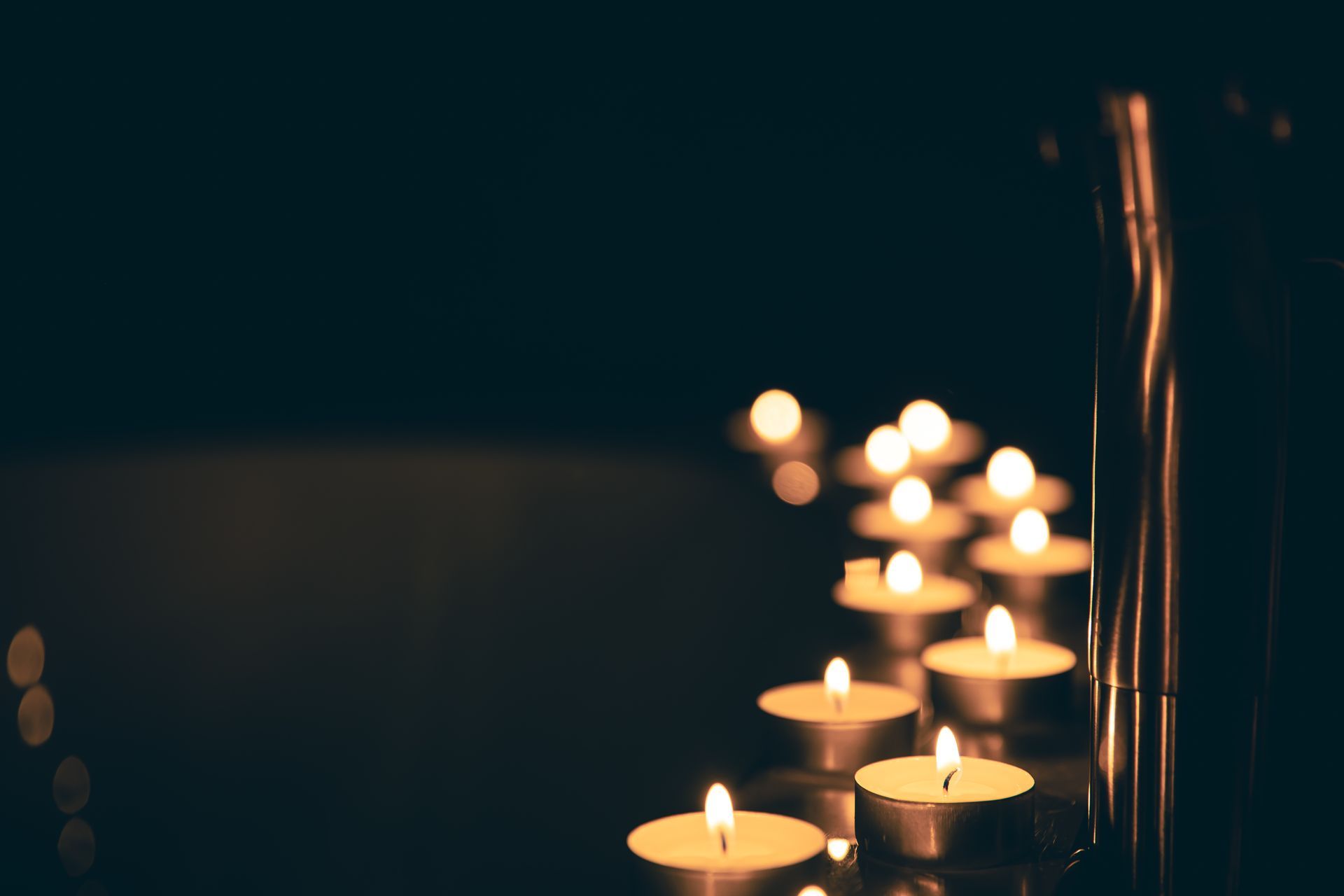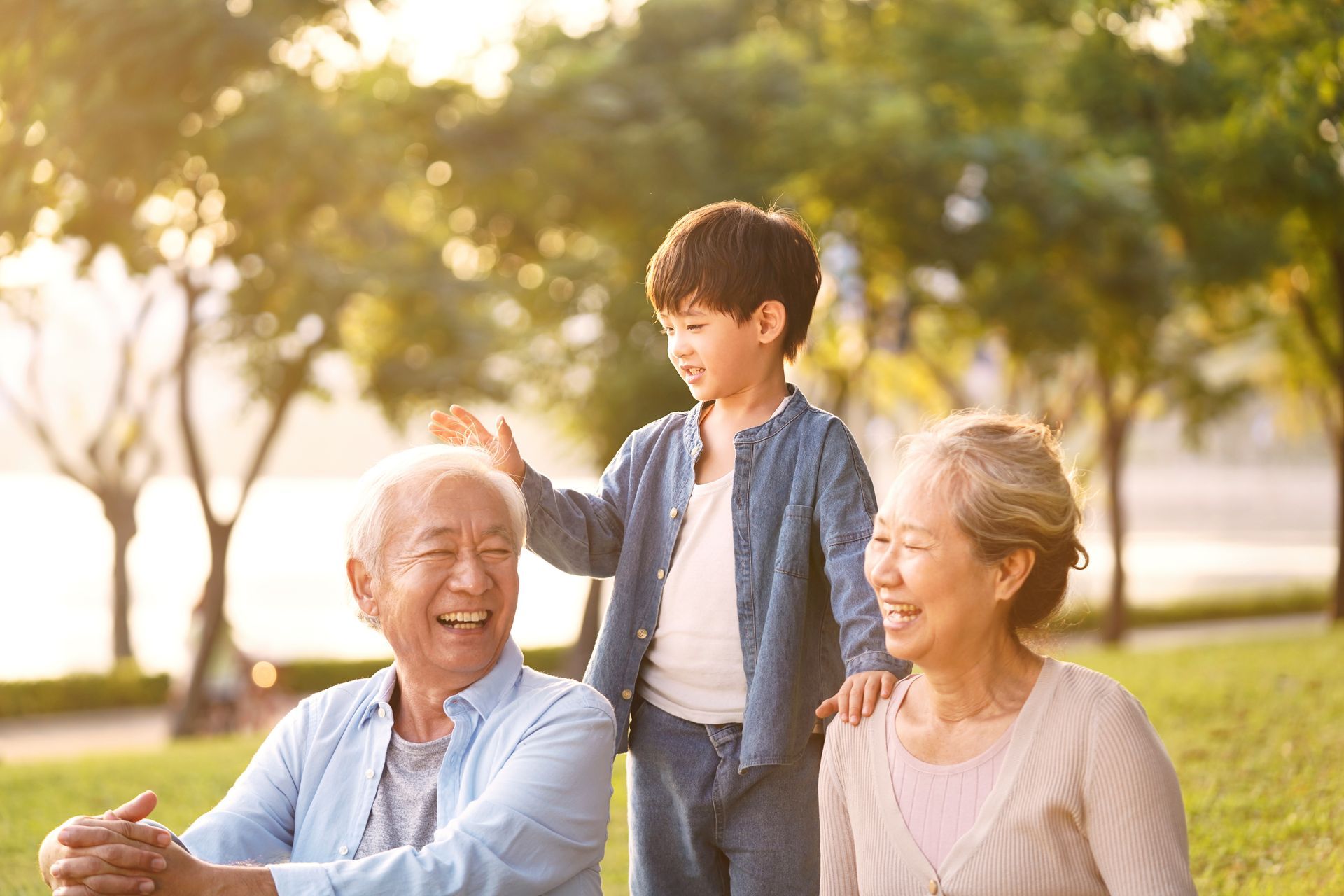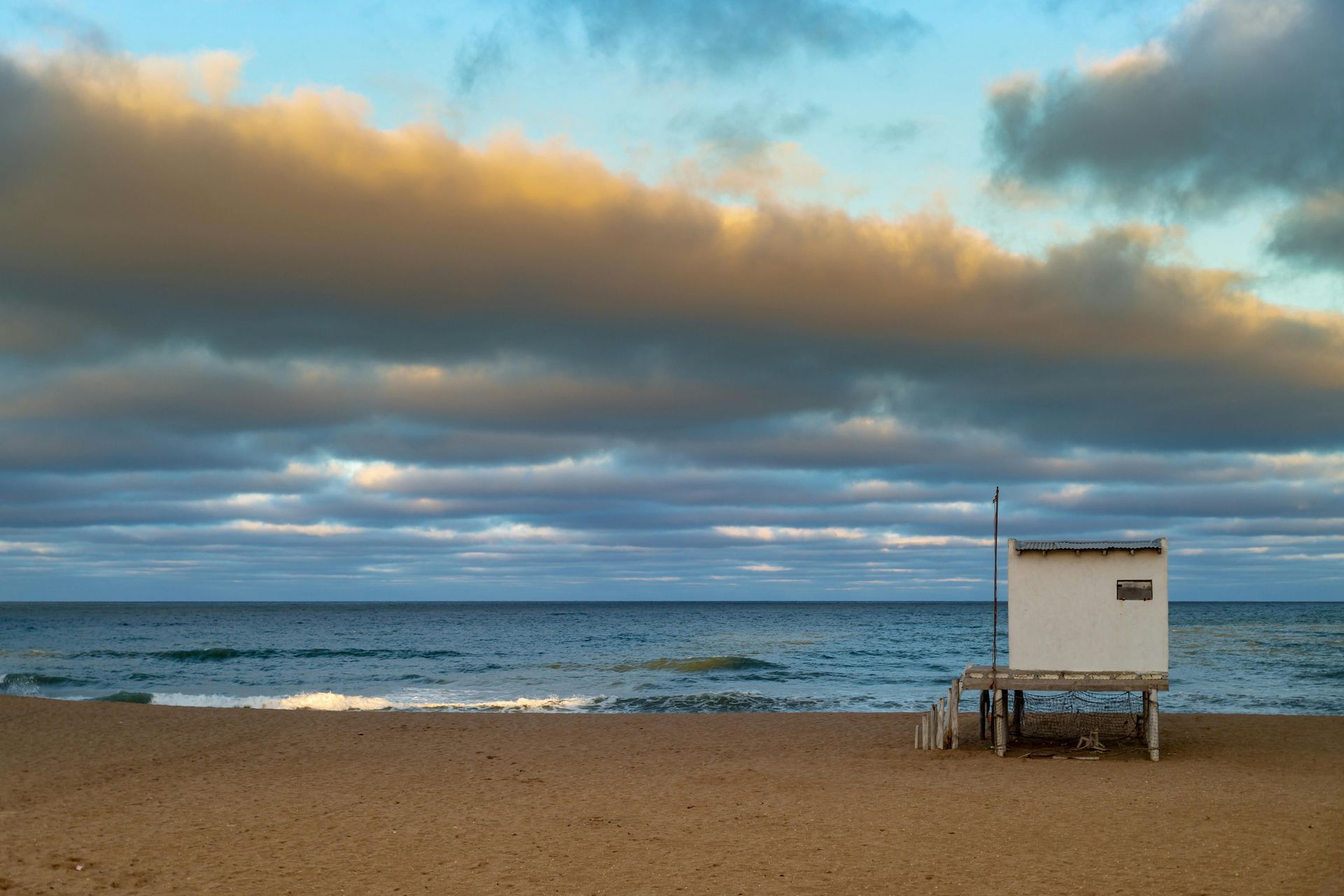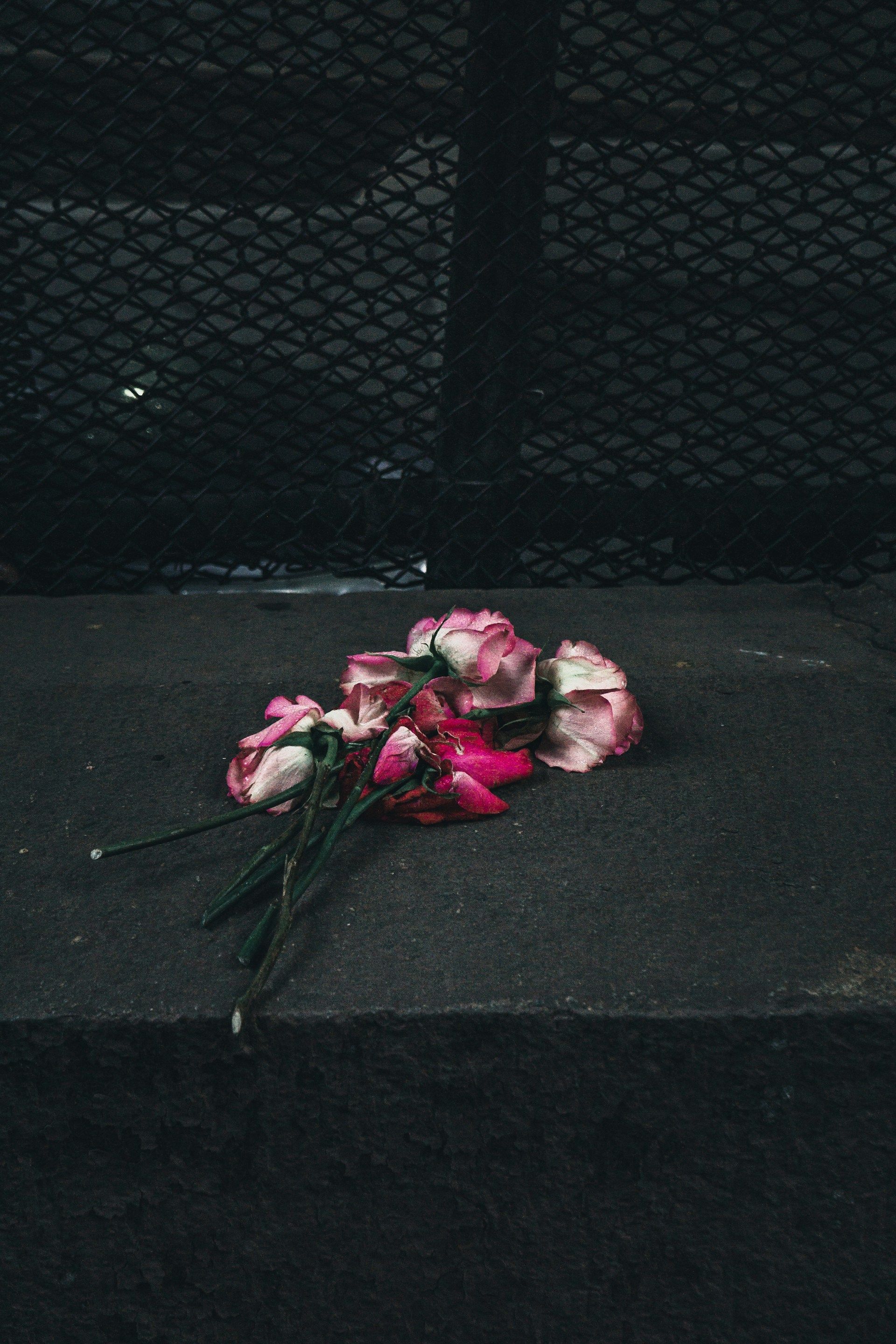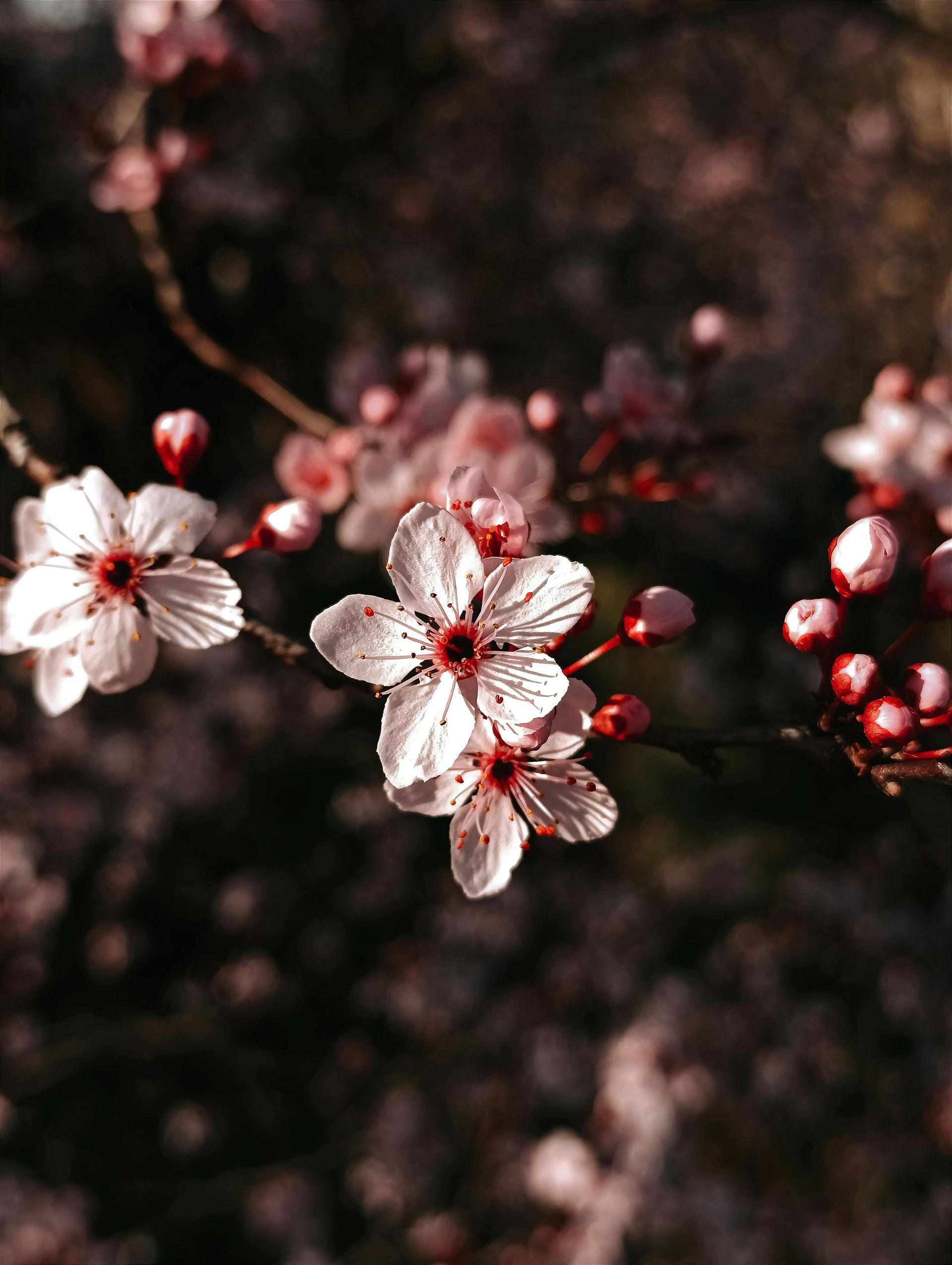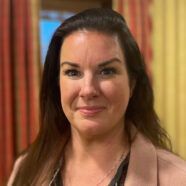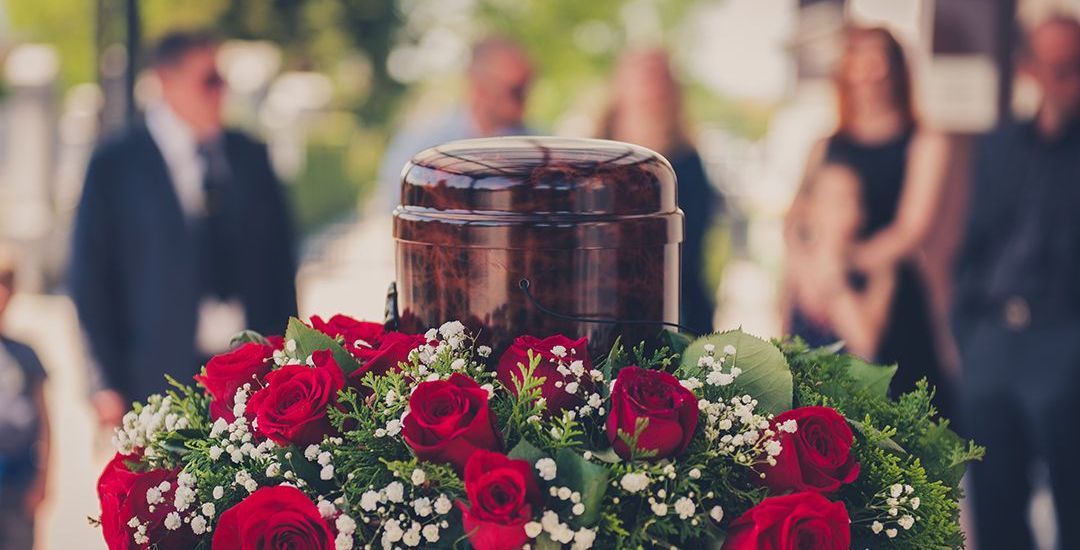Lessons in Grief from the Animal Kingdom
January 1, 2018Many animals are social creatures and like humans they create close bonds with others. We can’t know for sure what an animal thinks and feels, but many animals appear to experience grief when they lose a loved one. Some animals mourn their loss; pay their respects to the dead; hold a wake; and even cover the dead in a type of burial.
Photo credit: Lindsay Helms/123RF.com
Many scientists claim that humans are anthropormizing animals when we assert that they mourn the dead. But Barbara King, Chancellor Professor of Anthropology at William & Mary and author of How Animals Grieve , offers both anecdotal and scientific data on animal attachments that lead to grief when a family member, group member, or companion dies.
In an article for Animal Sentience , King defines grief in this way :
“When an animal dies, that individual’s mate, relatives, or friends may express grief. Changes in the survivor’s patterns of social behavior, eating, sleeping, and/or of expression of affect are the key criteria for defining grief. Based on this understanding of grief, it is not only big-brained mammals like elephants, apes, and cetaceans who can be said to mourn, but also a wide variety of other animals, including domestic companions like cats, dogs, and rabbits; horses and farm animals; and some birds.”
How Animals Express Grief
Animal grief comes in many forms, just like in humans. Elephants often stop to examine the body of a fallen elephant, caressing the body or the bones with their delicate trunks. Dogs, ducks and cats can become listless and depressed, refusing to eat or crying out, when a beloved companion dies. Crows and magpies have been known to gather around a fallen member of the flock.
The attachments between a mother and her offspring are one of the strongest bonds in nature. Many animal species have shown grief when a newborn or baby dies, including apes, dolphins and elephants. According to a special edition of Time magazine on The Animal Mind , chimp mothers have been known to “refuse to surrender a baby that has died, holding the body for days or weeks after it has gone cold and begun to decompose.” Dolphin mothers have been observed pushing their dead babies ahead of them for days after the babies have died, even refusing to stop to feed.
Of all the animal species, it is the intelligent elephant that displays the most complex expression of grief and loss. In one well-recorded incident in 2003, the matriarch of an elephant herd in Kenya named Eleanor became sick shortly after giving birth and collapsed. Distraught by her leader’s condition, another female named Grace pushed Eleanor to her feet, but the matriach soon fell again. Grace remained with Eleanor for another hour after the family had moved on, but she eventually left the body. Another elephant family arrived after Eleanor passed, and a female elephant named Maui gently examined the body. She rocked back and forth over Eleanor for several minutes. In a heartbreaking display, Eleanor’s orphan visited the body of its mother several times. Eventually the baby died, too, without her mother’s sustaining milk.
Here are some other ways animals express their grief:
- Dogs become extremely attached to their human families. One famous Akita in Japan went to the train station every day for a decade to meet his deceased owner, only to return home alone.
- Baboons and bonobos often carry dead babies for days after they’ve died. Adults will fight to protect the body of a dead family member and stress hormones rise after a close companion dies.
- Cats and even pet rabbits have been known to continually search the house for places where a beloved companion once inhabited. Cats can emit a keeing cry when a companion dies.
- Horses have been observed standing vigil for days over the grave of another horse from the same barn.
Do Animals Have Funerals?
Some animal species display behaviors that can be likened to holding a wake to view the dead, bringing tributes to the dead, and even attempting to cover them like a burial.
According to Time magazine, a dead crow lying on the ground can attract several other crows which dive and swoop while vocalizing a call, like a type of keening over the dead, to beckon to the rest of the flock. Up to a hundred crows will surround the body, sometimes in complete silence. Some members of the murder – the name for a group of crows – bring tribute to the dead, lying sticks or grass next to the body or even on top of the remains. Once the wake is complete, the flock flies off.
Magpies have also been known to hold funerals and exhibit grief. Dr. Bekoff of the University of Colorado has studied these rituals. In one incident, four magpies surrounded the corpse of another magpie. Two magpies approached the body and gently pecked at it, similar to the way an elephant caresses the body of another elephant with its trunk. Two of the magpies flew away and brought back some grass to lay next to the corpse. All four birds stood vigil by the body for a few seconds and then flew off one by one.
“We can’t know what they were actually thinking or feeling, but reading their action there’s no reason not to believe these birds were saying a magpie farewell to their friend,” Dr. Bekoff wrote in the journal Emotion, Space and Society.
Elephants have been known to stand vigil over a fallen elephant and even to cover the body with twigs and leaves. Elephant researcher Martin Meredith observed this ritual when the matriarch of an elephant family died. The entire family, including the orphaned calf, gently touched her body with their trunks, even trying to lift her. The herd was rumbling and the calf was crying and screaming when they suddenly fell silent. The matriarch’s family threw leaves and dirt over her body and broke off tree limbs to cover her. For two days, they stood quietly over her body, only leaving to get food or water.
Love is the Source of the Pain
While animals may not feel as deeply or for as prolonged a period as their human counterparts, one thing is clear. Our bonds with one another are the basis for our feelings of loss when someone dies. It is the love that we feel for another creature that creates the grief we experience upon death. Nature shows us that loss and grief are a natural response to death and that paying tribute to the deceased is a necessary part of the grieving process.


